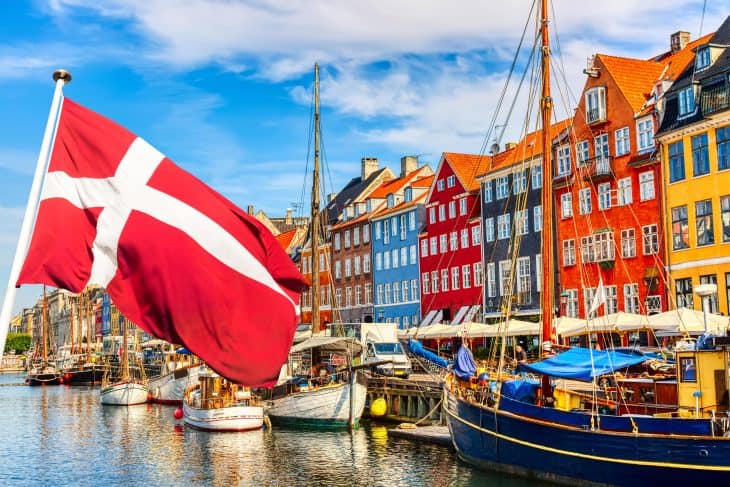
Denmark, known for its rich history, stunning landscapes, and vibrant culture, is a fascinating Scandinavian country. From its Viking heritage to modern innovations in design and sustainability, Denmark offers a unique blend of old-world charm and contemporary advancements. Whether it’s the world-famous Danish pastries, the iconic Little Mermaid statue, or the country’s leadership in renewable energy, there’s so much to explore. Dive into these 120 facts about Denmark to discover intriguing details about its people, traditions, landmarks, and contributions to the world.
- The capital of Denmark is Copenhagen.
- Copenhagen is the largest city in Denmark.
- Danish krone is Denmark’s currency.
- Denmarks’s dialing code is +45.
- Citizens of Denmark are called Dane or Danish.
- Denmark is a Nordic country located in Northern Europe.
- The official name of Denmark is the Kingdom of Denmark.
- Denmark’s land area is 42,933 km². That’s approximately 16 times smaller than Texas.
- Danish is the official language of the country. However, 90% of the population in Denmark can speak in English.
- Denmark has an estimated population of 5.79 million.
- Denmark is a constitutional monarchy. It is one of the longest unbroken lines of leaders in Europe.
- The country was once covered with forest and trees. However, most of the trees were cut and chopped down.
- Generally, Denmark is mostly flat. However, it also enjoys a rolling hill that was shaped by glaciers that moved through its landmass during the ice age.
- Danish gets free access to education and healthcare. In other words, the government of Denmark takes care of its citizen’s basic expenses.
- Denmark is an archipelago of more than 100 islands, however most of the islands are deserted.
- Denmark is one of the world’s most prosperous countries.
- Danish citizens are one of the happiest citizens in the world.
- Danish ancestors were Vikings.
- Countries such as Denmark, Sweden, and Norway were known as Vikings who explored the oceans.
- The Vikings from Denmark are the most active. They countered France, Britain, and some other parts of Western Europe.
Denmark Facts Infographics

Denmark ranks number 1 in the world's least corrupt country.
Denmark ranks number 1 in the world’s least corrupt country. Nevertheless, New Zealand ranks number 2 (interchanging with Denmark from time to time). Completing the list, Finland, Sweden, Switzerland, and Singapore are the top 5 least corrupt countries.
Prince Henrik broke a 459-year-old tradition.
The government of Denmark is one of the most respectable in the world. In particular, the Royal Family has no record controversy or scandal. However, when Prince Henrik died on February 13, 2018, he broke a 459-year-old tradition by refusing to be buried next to his queen. Hence, cremation became the solution.
Denmark is a snowy and rainy country.
The average rainfall in Denmark is 24 inches of precipitation with almost 170 rainy days in a year. The wettest season usually occurs between September and November.
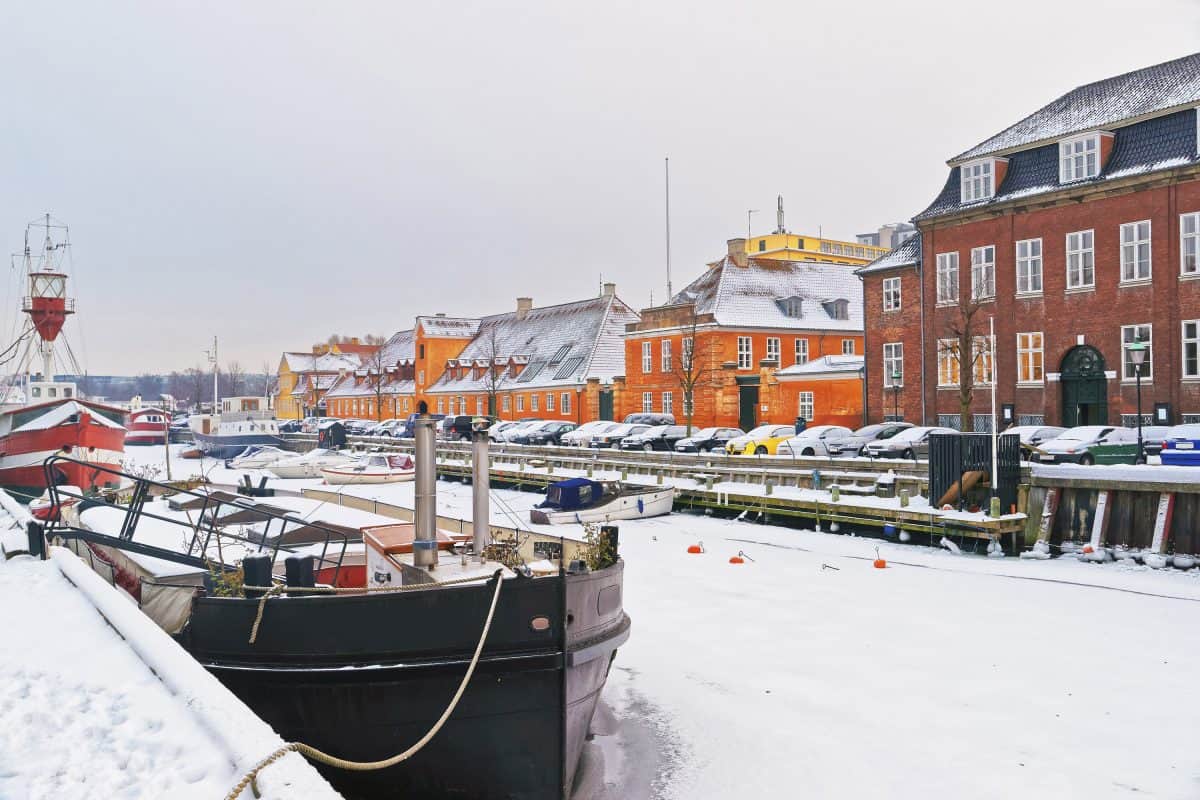
Denmark's spring season starts in March and summer starts in June.
Denmark is a country with 4 seasons; spring, summer, autumn, and winter. The spring months of the country are March to May with an average temperature of 10°C. Meanwhile, the summer months of Denmark are between June and August with an average temperature of 20°C.
Denmark's autumn season starts in September and winter starts in December.
Generally, the autumn season of Denmark starts in September and lasts till November with an average temperature of 10°C. Finally, the winter season of the country starts in December and lasts till February with a nice and cool winter temperature of 2°C on average.
Denmark has a high standard of living.
Denmark is one of the world’s most developed countries and Danes benefit from a high standard of living. Above all, Denmark is also one of the leaders when it comes to education, democratic governance, equality, human development, and security.
The Danish benefits from a high level of income equality.
80% of the jobs in Denmark are under the service sector, 11% in manufacturing while only 2% in agriculture. In contrast, Denmark has a relatively high unemployment rate of 5.3% as of Oct 2019. However, the country offers a high level of income equality, as well as being one of the world’s highest per capita incomes, and one of the world’s highest personal income tax rates. Besides, the government of Denmark helps the unemployed Danish through its unemployment benefits.
Denmark's literacy rate is 99%.
As a result of a good education system of the country, Denmark’s literacy rate is one of the world’s highest at 99% for both men and women.

The low birthrate of Denmark may cause problems in the future.
Denmark faces low birthrate issues. Even though the government is giving many privileges to the Danish such as free healthcare, education, maternity, and paternity leave, it does not seem to be effective. Because of this, the government stages an intervention. They promote sex and having more babies with this motto: “Do it for Denmark, do it for Mom!”.
Denmark became a member of the European Economic Community in 1973.
Denmark became a member of the European Economic Community, known today as the European Union, in 1973. However, the negotiated certain opt-outs did not work out. In other words, they need to have their own currency instead of using the Euro, along with other EU members such as the United Kingdom which uses the Great British Pound.
King Frederick VII is the last king of Denmark.
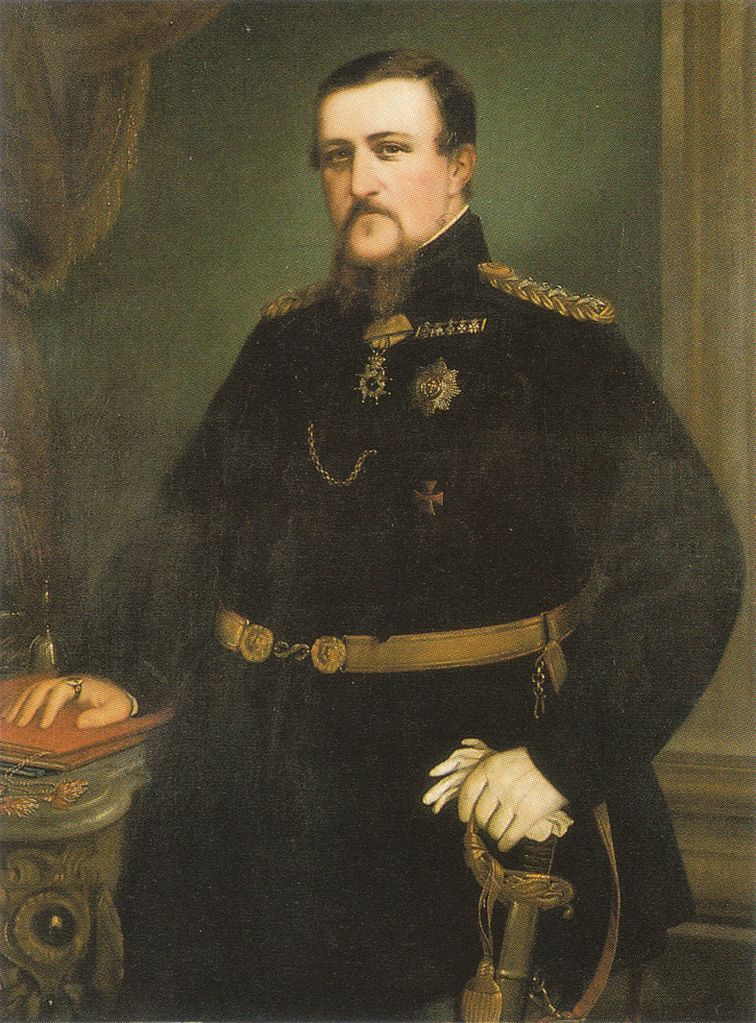
King Frederick VII led Denmark from 1848 to 1863. Moreover, he is the last king of the country and the last Danish monarch of the older Royal branch of the House of Oldenburg. He is one of the most beloved Danish kings of all time.
King Frederick VII helped the Danish citizens to get their first constitution.
A tower on top of the hill, Himmelbjerget, was erected to honor King Frederick VII who gave the Danish citizens its first constitution in the year 1849. The tower, 25.1 meters tall, stands on Himmelbjerget, one of the highest points in Denmark. This place holds an important significance to the country, which started attracting locals and tourists to admire its magnificent view and celebrate the birth of the Danish nation.
The Constitution of Denmark represents its monarchy and parliamentary system.
The Constitutional Act of the Kingdom of Denmark or much known as the ‘Constitution’ is one of the oldest constitutions in the world. The constitution represents Denmark as a constitutional monarchy, governed thought a parliamentary system.
Møllehøj is the highest point in Denmark.
Møllehøj is the highest point in Denmark at 170.86 meters above sea level. The place provides a spectacular view over a remarkable moraine landscape formed in the latter part of the Ice Age.
This is the meaning behind Denmark's flag.

There are 2 colors on Denmark’s flag, white and red. The white Scandinavian cross represents Christianity, and also signifies peace and honesty. Whereas the red color symbolizes bravery, hardiness, and strength.
Denmark's flag is the oldest and continuously used national flag.
Based on the Guinness World Records, the flag of Denmark is the oldest and continuously used national flag in the world. The adoption of the white Scandinavian cross pattern goes back from the year 1625 and its square shape in 1748. Furthermore, the flag is much known as the ‘Danish red cloth’ or ‘Dannebrog’ to the locals.
Christianity is Denmark's most dominant religion.
Denmark’s most dominant religion is Christianity which is around 75%. Islam is also practiced by some people – around 5% of the country’s population. Nevertheless, the remaining 20% of its population is divided into other religions such as Roman Catholic, Serbian Orthodox Christian, Jewish, Buddhist, along with some undecided citizens.
'There is a Lovely Country' is the national anthem of Denmark.
“There is a Lovely Country” (Der er et yndigt land) is the national anthem of Denmark. Adam Oehlenschläger, a Danish poet and playwright, wrote the lyrics of the national anthem in the year 1819. Here are the first few lines of Denmark’s national anthem in English translation.
“There is a lovely land
with spreading, shady beech-trees,
Near salty eastern shore
Its hills and valleys gently fall,
its name is ancient Denmark,
And it is Freya’s hall.”
Denmark's autonomous territory - Greenland.
Greenland is an autonomous territory of Denmark. Greenland is known as one of the largest islands on the planet. Moreover, Denmark has held colonies in the giant island of Greenland since the year 1721, and was made part of Denmark in 1953. However, Denmark granted a Home Rule to them in 1979. Finally, in 2009, the expanded Self Rule was introduced and it gave more power and responsibilities to the Greenlandic government.
The Danish surnames were created using the patronymic tradition.
In contrast to the Danish language that can be hard to understand and learn for a non-Danish, most of its common surnames sound more familiar. Furthermore, numerous surnames end with ‘sen’ since surnames in Denmark were created using the patronymic tradition much like the rest of Europe. Namely, those are Jensen, Hansen, Pedersen, Nielsen, Andersen, Christensen, Petersen and Madsen.
Stegt flæsk is one of the most traditional Danish foods.
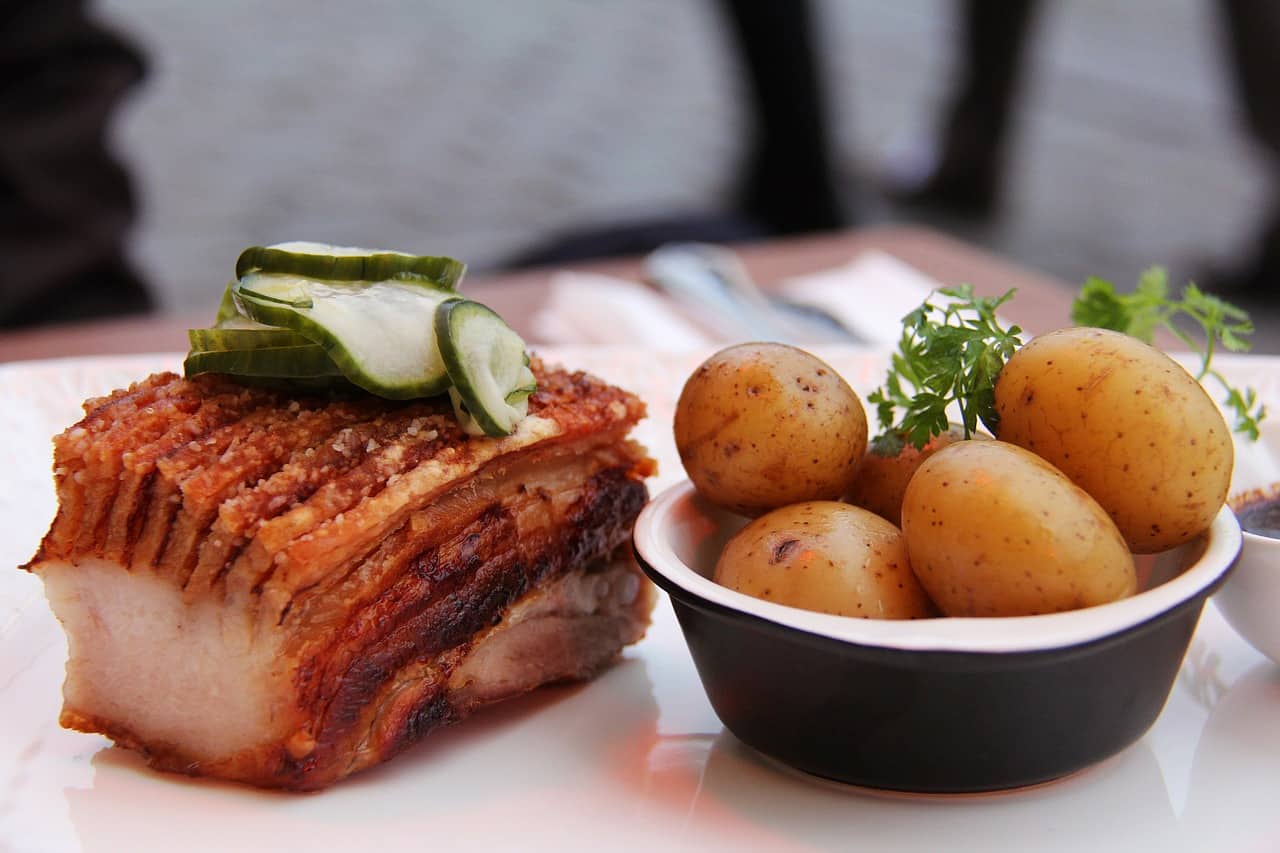
Stegt flæsk, or fried pork belly with parsley sauce, is one of the most traditional Danish foods and often considered as its national dish.
A skirt covered by an apron is the women's traditional danish clothing.
The traditional costumes of Denmark may differ from region to region. But generally, women wear a skirt covered by an apron while the blouse has hooks and laces in the front with patterns and a light scarf worn around the neck to cover the shoulders and throat along with a bonnet.
The white woolen stockings are the icon of the men's traditional wear.
The men’s clothing is also made mainly of wool and flax, much like the clothing materials of the women. The white woolen stockings that reached above up to the knees of the men are the legendary icon of the men’s traditional wear along with long shirts and jackets with leather boot tops.
Almost 0.4% of the U.S. population are Danes.
In the 1880s, Danes started emigrating to the United States, “the land of opportunity”. Accordingly, most Danish became farmers in the United States in those early years. Today, around 1.3 million Americans have Danish origin or descent, or much known as the Danish-American.
California has the most Danish-Americans.
California has the most Danish-Americans with over 200,000 of them living in this state. Furthermore, Utah, Minnesota, Wisconsin, and Washington State have a combined Danish-American population of approximately 377,000.
Danes still uses their national language in the United States.
Mostly used at home or to their fellow Danish, around 30,000 Danish-Americans continue to speak the Danish language in the United States. However, the number of Danish Speaking Americans has been decreasing over the years.
Here are some Danish phrases.
Hej – Hello
Jeg elsker dig – I love you
God morgen – Good morning
Undskyld mig – Excuse me
Tak – Thanks
Still unmarried at age 25? You'll get a cinnamon shower.
If still unmarried at age 25, a Danish will get a cinnamon shower on his or her birthday. According to folklore, the tradition dates back to the 16th century. Even more, if still unmarried at age 30, a Danish will get a pepper shower on his or her birthday.
Lego is from Denmark.
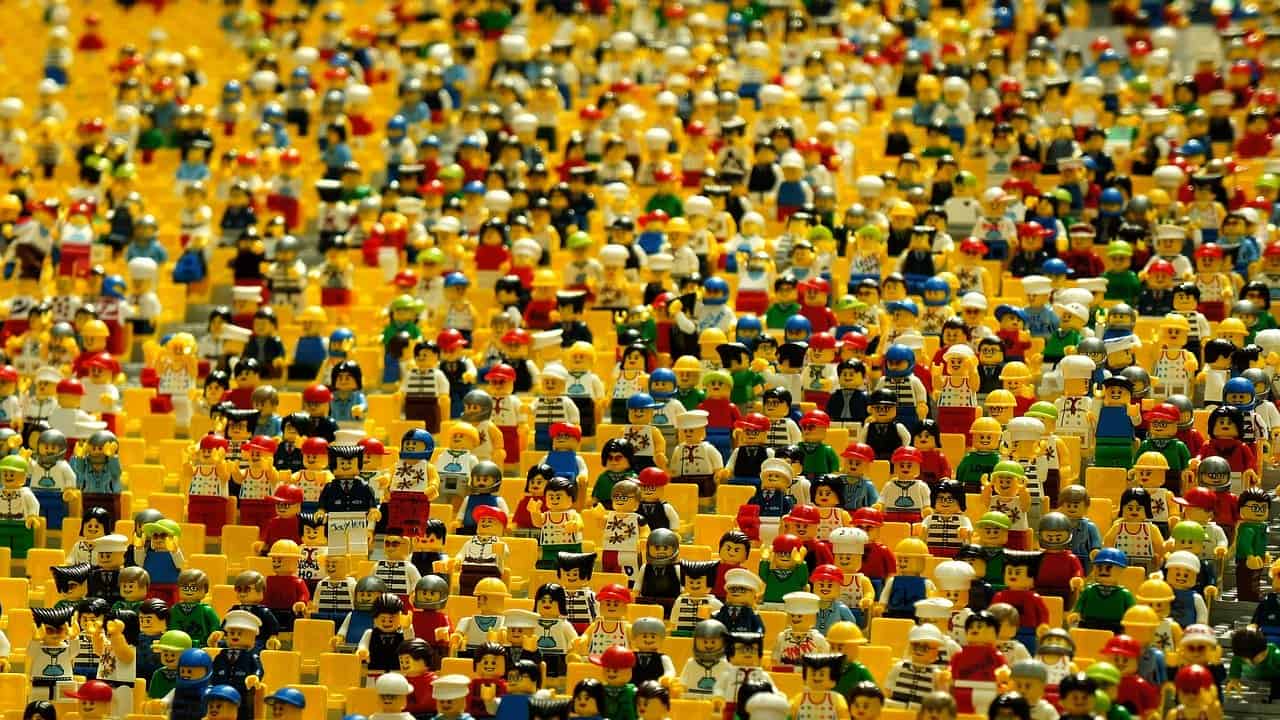
Lego, the popular toy blocks for kids, originated from Billund, Denmark. Lego was founded in the year 1932 and continues to dominate the toy industry up to this day, and it looks like it will continue for the foreseeable future. Furthermore, Lego already sold over 600 billion lego parts worldwide, thus it claims the title as the “world’s most powerful brand” from Brand Finance.
The founder of Lego started as a factory worker.
Ole Kirk Christiansen, the founder of Lego, was born in Filskov, South Jutland, Denmark on April 7, 1891. Ole Kirk Christiansen started as a factory worker and soon shifted his career as a carpenter and later transitioned into the business in the 1930s. Moreover, he named the group Lego from the Danish word – ‘Leg godt’ which means ‘play well’.
The legacy of Lego continues from one generation after another.
The legacy of the Lego Group continues even after the death of its founder, Ole Kirk Christiansen. Accordingly, Godtfred Kirk Christiansen, who is the 3rd son of Ole Kirk Christiansen, took over the company from 1957 to 1979. Furthermore, even after Godtfred’s death, Lego continues its growth under Kjeld Kirk Kristiansen, Godtfred’s son.
The current CEO of the Lego Group is Niels B. Christiansen.
In 2004, Kjeld Kirk Kristiansen stepped down to his position as the CEO and President of Lego with a net worth of $4.7 billion. However, he continued his role as owner of the Lego Group and focus as a vice-chairman of the board instead. Fast forward today, Niels B. Christiansen is the current CEO of Lego Group. Even more, under his management, the company has developed retail stores in Asia and launched sustainable brick and packaging initiatives and maintained its ranking as the second most reputable brand according to the Reputation Institute.
The famous author of the Emperor's New Clothes is Danish.
Hans Christian Andersen, the author of the famous kid’s book, The Emperor’s New Clothes is a Danish author. Hans Christian Andersen was born on April 2, 1805, in Odense, Funen, Kingdom of Denmark–Norway.
Hans Christian Andersen wrote many successful books.
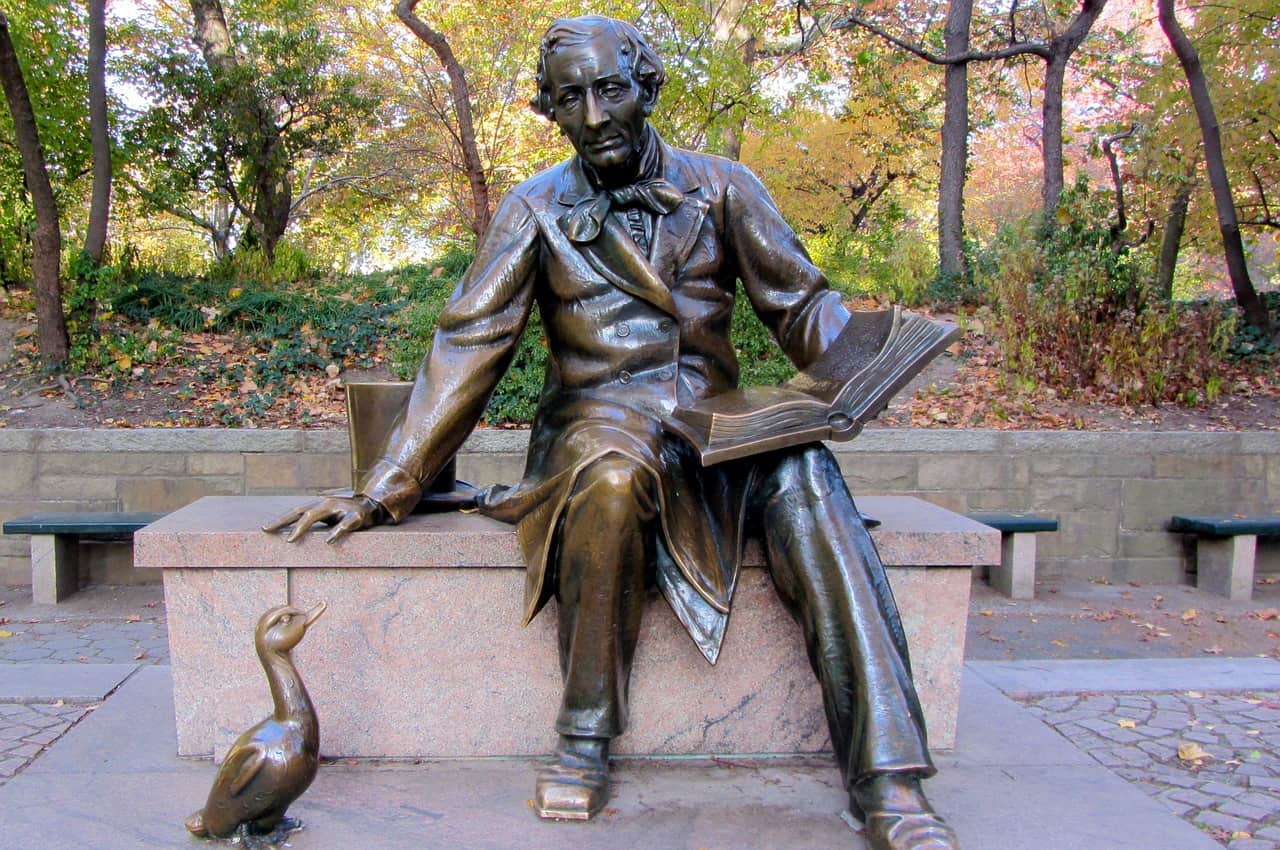
The Emperor’s New Clothes is not the only successful book of Hans Christian Andersen. It’s only one of his best sellers of all time. In detail, the famous Danish author also wrote The Little Mermaid, Thumbelina, The Ugly Duckling, The Little Match Girl, The Red Shoes, The Steadfast Tin Soldier, The Snow Queen, The Nightingale, and The Princess and the Pea.
Anders Holch Povlsen is the richest man in Denmark.
Anders Holch Povlsen is currently the richest man in Denmark with a total net worth of $8 billion. Moreover, he is the CEO and sole owner of the international clothes retailer chain Bestseller. Furthermore, Bestseller is a privately held family-owned clothing company based in Denmark, and Anders Holch Povlsen inherited this business from his father, Troels Holch Povlsen.
Several famous movie stars have Danish blood.
Denmark is also home to numerous famous actors and actresses, such as Scarlett Johansson, Mads Mikkelsen, Viggo Mortensen, Brigitte Nielsen, Victor Borge, and Lars Mikkelsen, just to name a few.
Denmark, Norway, and Sweden are under the Kalmar Union.
Denmark, Norway, and Sweden have a good long history together. Both of these countries are under the Kalmar Union, a personal union in Nothern Europe from 1397 to 1523 ruled by a single monarch of the three kingdoms of Denmark, Sweden, and Norway along with Norway’s overseas dependencies. In other words, the foreign and domestic policies of these countries are being directed by a common monarch.
Denmark is the most bicycle-friendly country.
Denmark is one of the best places on planet earth for cyclists due to its massive flat surface area. Above all, Denmark is the most bicycle-friendly country along with Amsterdam as number 2. Furthermore, the Danish pedestrians sticky follow the pedestrian rules making it easier for the cyclists to travel around. With this in mind, it is common to see tons and tons of bikes throughout Denmark, especially in its capital, Copenhagen.
There are more bicycles than cars in Denmark.
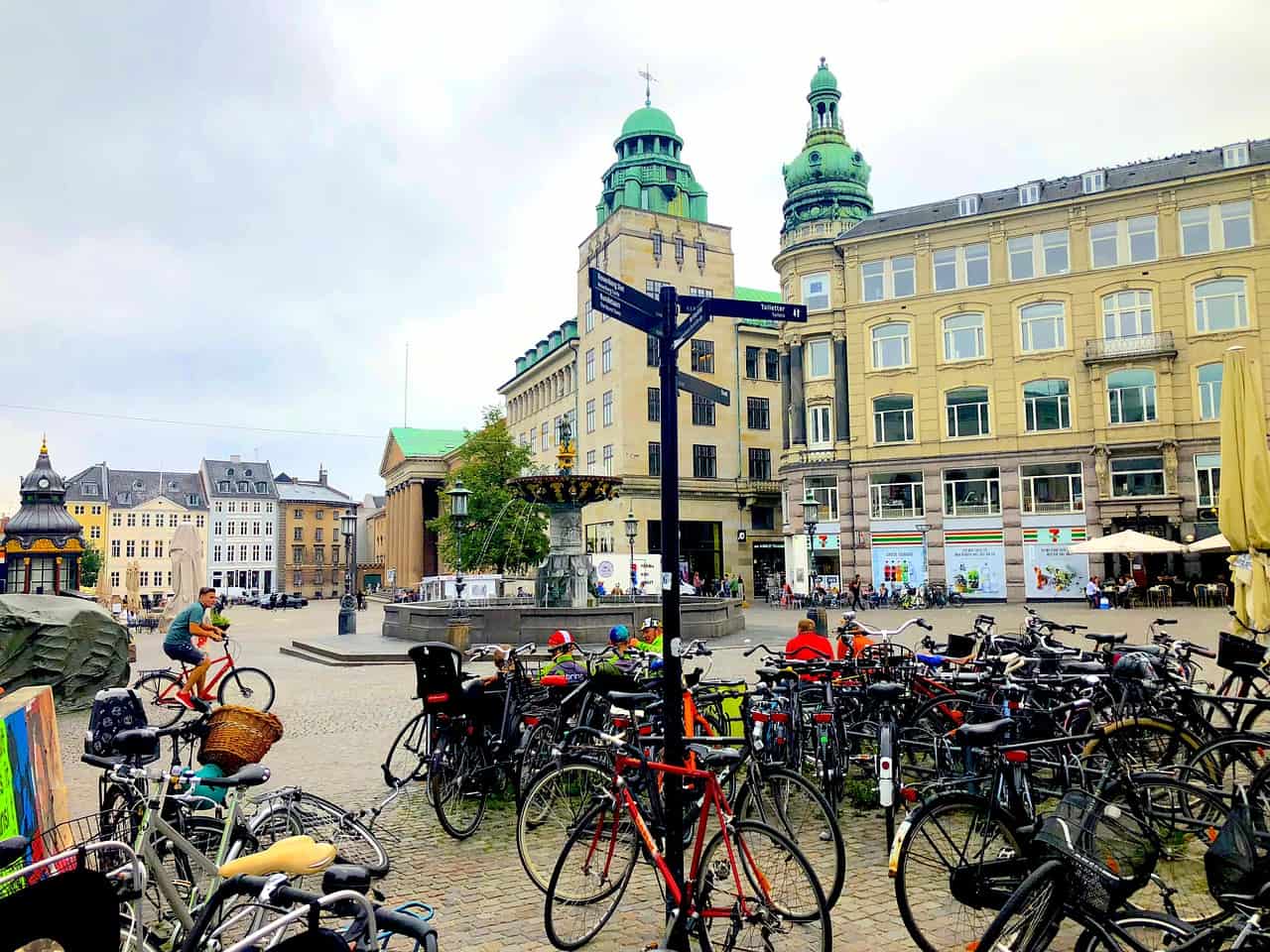
90% of Danes own a bicycle, but only 56% of the households in Denmark own cars. Did you know that Danes pedal more than 474 million kilometers on their bicycles each year?
The liquor or alcohol law in Denmark is not that strict.
The alcohol law in Denmark is more considerate compared to other European counties like Sweden. Hence, consumers can buy anywhere from grocery to convenience stores anytime time they wish. In contrast, Sweden has a liquor control system where consumers must but it ahead of time in a certain place. Furthermore, Denmark also allows consumers to take alcohol anywhere and any day they want.
Denmark is one of the world's leading pork industry.
For over 100 years, the production of pigs and pork meat has been a significant source of income for Denmark. In particular, around 90% of Denmark’s production is exported which is essential to the Danish economy and the balance of trade. Above all, its pork industry is one of the world’s best in terms of breeding, quality, food safety, and animal welfare.
There are more pigs in the country compared to Denmark's population.
Close to 5000 pig farms in Denmark are producing approximately 28 million pigs every year, as compared to Denmark’s population of 5.79 million. More than 70% of pork is exported to other European countries, and the rest exported to other parts of the world.
Slaughterhouses in Denmark slaughter pigs in the most humane way possible.
Denmark has around 5000 pig farms across the country. Above all, it operates a state of the art slaughterhouses. The slaughterhouses are optimized to respect and slaughter the pigs in the best humane way possible. Due to the structure of the slaughterhouses, the pigs walk voluntarily, by taking advantage of the pig’s curiosity, as compared to the traditional slaughterhouse where they force the pig to move which makes them feel the danger ahead. Finally, it uses a machine where death can be swift which ensures that the pig will not undergo a miserable slaughter.
Denmark has the 2nd oldest amusement park in the world.
The Tivoli Gardens is the 2nd oldest amusement park in the world which opened in August 1843. This over 150-year-old amusement park still operates to this day and welcomes over 4 million visitors year after year. The Tivoli Gardens is the most-visited theme park in Scandinavia, and the fifth-most visited theme park in Europe, behind Disneyland Park, and the second-most popular seasonal amusement park in the world after Europa-Park, the largest theme park in Germany.
The oldest groom ever recorded in Denmark is over 100 years old.
The oldest bride ever recorded in Denmark was 94 years old while her groom was over 100 years old. On the flip side, the youngest bride ever recorded in Denmark was 19 years old while her groom was 18 years old.
Cold Hawaii is one of Denmark's best surfing areas.

Denmark has a beach for surfing called Cold Hawaii in Klitmøller, a town in North Jutlandic Island, Denmark. Cold Hawaii’s name is built on the discovery of the area back in the 80s, as an excellent place to windsurf. Furthermore, Cold Hawaii is a stunning and extraordinary place to visit regardless of the seasons. In like fashion, it’s the “cold version of Hawaii”.
The Faroe Islands is a self-governing archipelago of Denmark.
The Faroe Islands, a North Atlantic archipelago located 320 kilometers north-northwest of Scotland, is a self-governing archipelago of Denmark since the year 1948. In other words, the Faroese control their domestic duties and affairs, while Denmark is responsible for its military defense, police offices, department of justice, currency as well as its foreign affairs.
Denmark has one bordering country.
Denmark is the smallest of the Scandinavian countries. Even more, it only has one bordering country which is Germany that is located in the southern part of Denmark.
The Great Dane did not originate from Denmark.
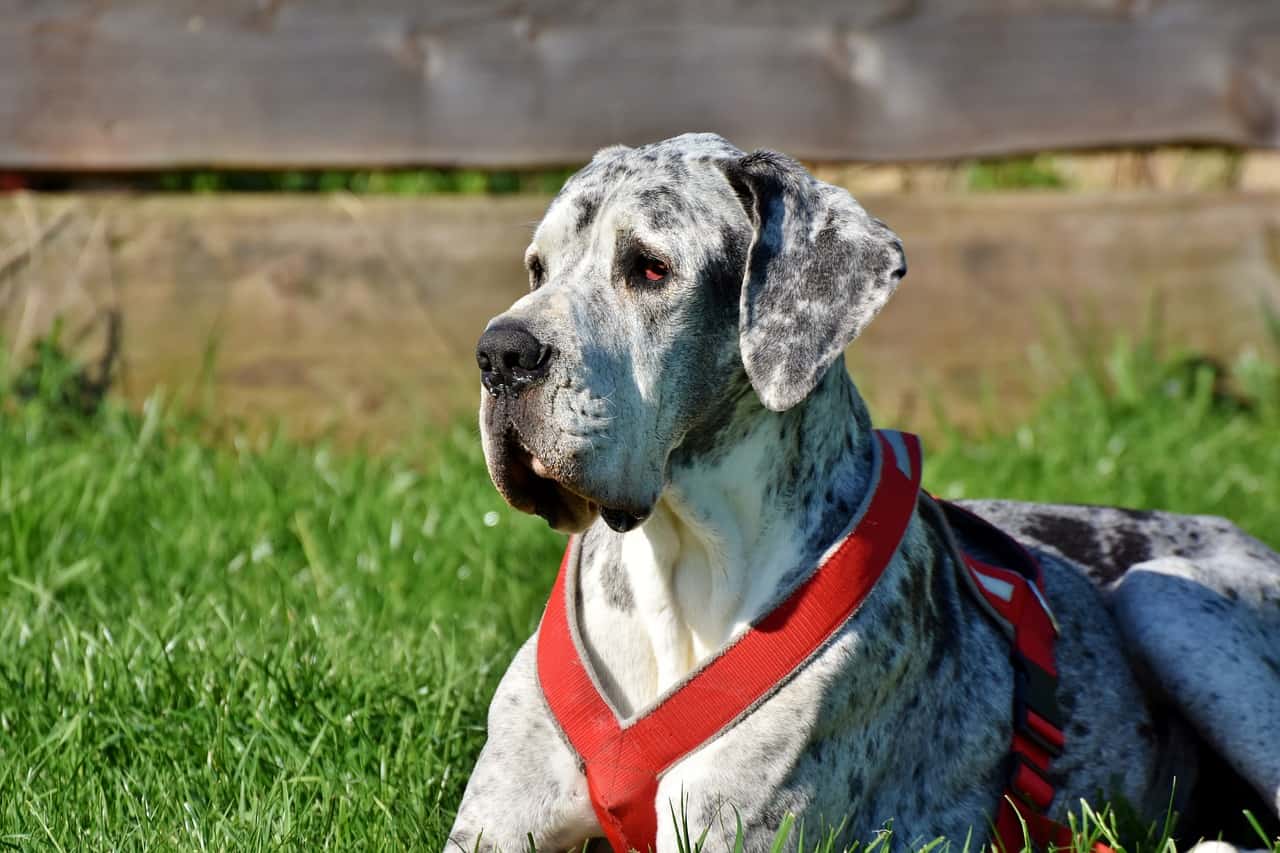
In contrast to the belive of many, the Great Dane, one of the biggest dogs in the world, is from Germany and not from Denmark. Furthermore, the Great Dane is known for its patience and dependability, as well as its gigantic size. The Guinness World Records recognized a Great Dane named ‘Freddy’ as the tallest dog in the world in the year 2017.
The delicious Lurpak is from Denmark.
If Australia has a famous spread called Vegemite, Denmark also has its famous spread called Lurpak. In particular, Lurpak is a Danish brand of butter owned by Arla Foods, a Danish cooperative company. Moreover, Lurpak started in the year 1901 and is now sold in over 75 countries across the globe.
The Danish alphabet originated from the Indo European.
The Danish alphabet originated from the Indo European languages and is part of the Germanic languages. Moreover, Æ, Ø, Å are the three “unique” Danish Alphabets. Indeed, the English Alphabet does not have these letters.
Football is the national sport of Denmark.

Football is the most popular sport in the country, with over 300,000 players and more than 1600 clubs. Above all, its national football team qualified for the European Championships six times in a row from the year 1984 to 2004 and won the UEFA Championship in 1992.
Denmark does not focus on football alone.
The country also loves to play or support other sports such as handball, sailing sports, badminton, ice hockey, swimming, cricket, tennis, golf, and as well as basketball. Equally important, since Denmark is the most bicycle-friendly country in the world, cycling is also one of its favorites. Furthermore, the Danish Cycling Federation or DCU serves as the national governing body of cycle racing in Denmark.
Denmark's unofficial national hero is Niels Ebbesen.
Denmark does not have an official national hero. However, Niels Ebbesen is considered as the national hero of Denmark. He was known for killing Gerhard III, Count of Holstein-Rendsburg in the year 1340. Furthermore, Gerhard III’s death meant the end of the Holstein rule in Denmark.
Niels Ebbesen's legacy has its pros and cons.
Niels Ebbesen’s legacy has always been part of Denmark’s history as a great hero and a symbol of Danish nationality. However, others beg to disagree and simply calls it an act of murder.
Skype was created by a Danish.
Skype is a famous software program that uses the internet to make telephone calls and chats. Janus Friis, a Danish IT entrepreneur, along with his business partner Niklas Zennström, a Swedish entrepreneur, create Skype in the year 2003 and later sold it to Microsoft for $8.5 billion in 2011. Today, Skype operates in Luxembourg under Skype Technologies S.A.R.L.
Copenhagen City Hall uses an astronomical clock.
The Copenhagen City Hall uses an astronomical clock, a clock with special mechanisms and dials to illustrates astronomical information, such as the positions of the sun and moon. In particular, the clock called Verdensur or Jens Olsen’s World Clock has more than 15,000 parts with 12 movements that can calculate time, lunar and solar eclipses, etc.
Jens Olsen, the maker of the Verdensur, is a legendary Danish clockmaker.
Jens Olsen, a Danish clockmaker and locksmith, was born in Ribe, Denmark. Since childhood, Jens Olsen was fascinated with clocks and other mechanical devices. Above all, he spent 27 years on creating Jen Olsen’s World Clock in Copenhagen. Unfortunately, he passed away in 1945, 10 years before its completion. Nevertheless, the clock is still in great condition and is one of the most accurate clocks in the world today.
Søren Kierkegaard is Denmark's Father of Existentialism.
Søren Kierkegaard, the Father of Existentialism, is one of the best philosophers in Denmark. He describes human life in terms of ethics, religion, and aesthetics. Some of his famous quotes are:
“Life is not a problem to be solved, but a reality to be experienced.”
“Prayer does not change God, but it changes him who prays.”
“Boredom is the root of all evil – the despairing refusal to be oneself.”
“Don’t forget to love yourself.”
“People demand freedom of speech as a compensation for the freedom of thought which they seldom use.”
Saint Thomas, Saint John, and Saint Croix were originally Denmark's territory.
The United States bought the US Virgin Islands from Denmark on March 31, 1917, which took over 50 years of negotiation. Finally, during World War I, Denmark sold Saint Thomas, Saint John, and Saint Croix to the United States for $25 million in gold coins. To this day, the U.S. Virgin Islands observe “Transfer Day” on every 31 March to commemorate the transfer of ownership of the three islands.
The word "please" doesn't exist in the Danish language.
The Danish language does not have a word for “please”. Hence, the word is not naturally used in a sentence as there is no direct translation for “please” in Danish. Sometimes, Danes can be misunderstood by other nations when they are instructing or telling something.
Denmark is famous for its pastries.
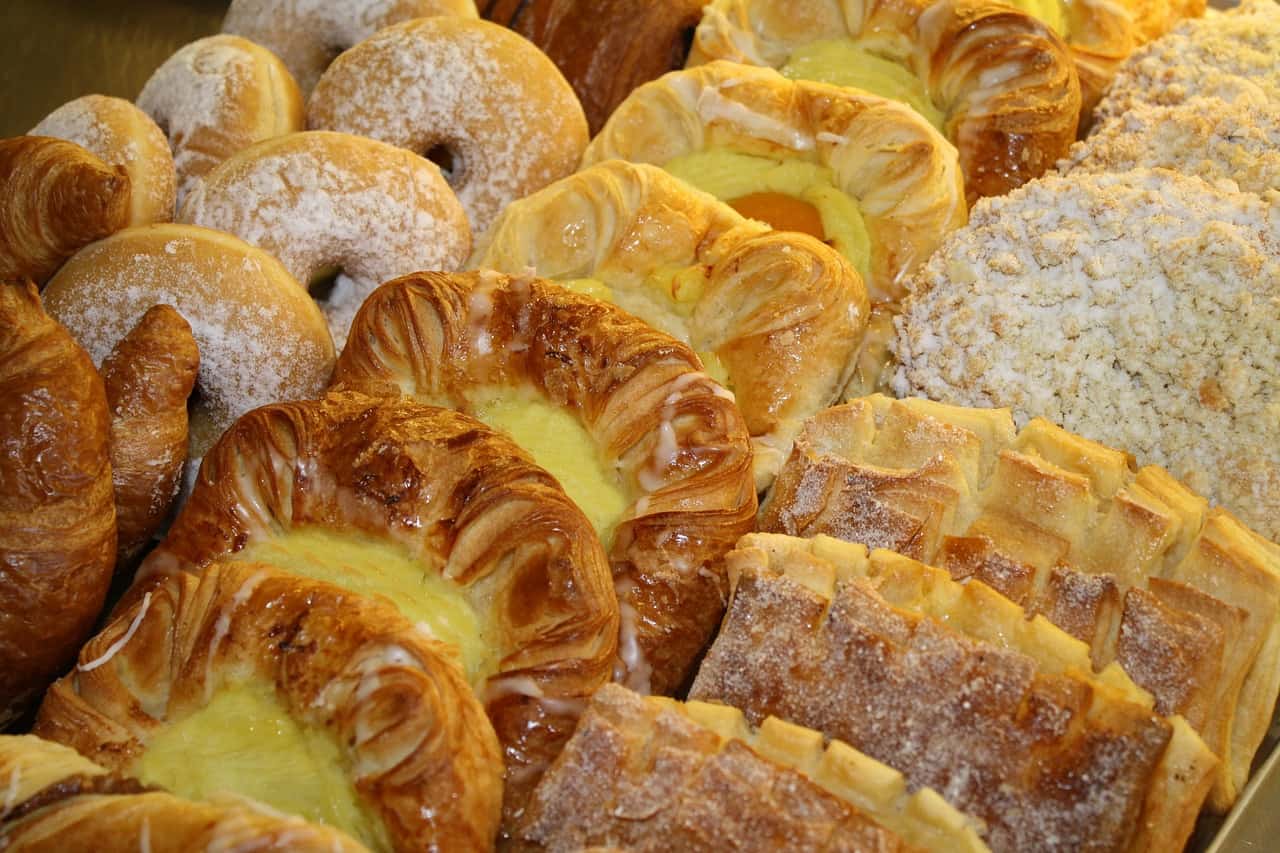
Some of its best pastries are:
Wienerbrød – Viennese bread
Æbleskiver – Pancake Balls
Drømmekage – Dream Cake
Danish Butter Cookies
Kanelsnegle – Cinnamon rolls
Denmark's pastries came from the bakers of Austria.
Austrian bakers settled in Denmark during the year 1840s and introduced their favorite pastry. Accordingly, Denmark adapted the pastry recipes and called it “wienerbrød” which means Viennese bread or Vienna bread, which represents Austria’s capital.
Denmark's harbors are one of the world's cleanest harbors.
The Copenhagen harbor is extremely clean that tourists and locals dip in and swim near Islands Brygge, Kalvebod Brygge, and Nordhavn. Furthermore, there are several sandy beaches just 30 minutes away from the city center.
The Islands Brygge is serving Denmark since the 1880s.
The Islands Brygge is Denmark’s harbourfront area in central Copenhagen. Moreover, the harbor served its purposes to the military, as well as Denmark’s industrial, residential, and port since the 1880s. Currently, the structures and buildings in Islands Brygge is a combination of modern and old architecture. Most noteworthy, the old structures on Islands Brygge are not just memorabilia. Hence, it is converted to work in modern times.
Denmark's tap water is one of the world's cleanest.
Aside from Denmark’s clean harbors, the country also boasts its tap water. The country’s tap water undergoes strict daily quality controls, therefore, Danes are confident that the tap water is safe to drink without the need for chlorine or other chemicals. As a result, the tap water of the country is one of the world’s cleanest and environmentally friendly. Consequently, Denmark’s bottled water in the groceries is generally cheap since there’s no need to “fear the tap water”.
Denmark's water is naturally clean.
Denmark’s clean and potable tap water is not just technology-based alone. Hence, Denmark’s geology and its well-fields have Quaternary deposits overlying Tertiary layers such as sand, clay, and lignite. In other words, the water is very clean already and only needs little treatment or purification.
Denmark legalized same-sex unions.
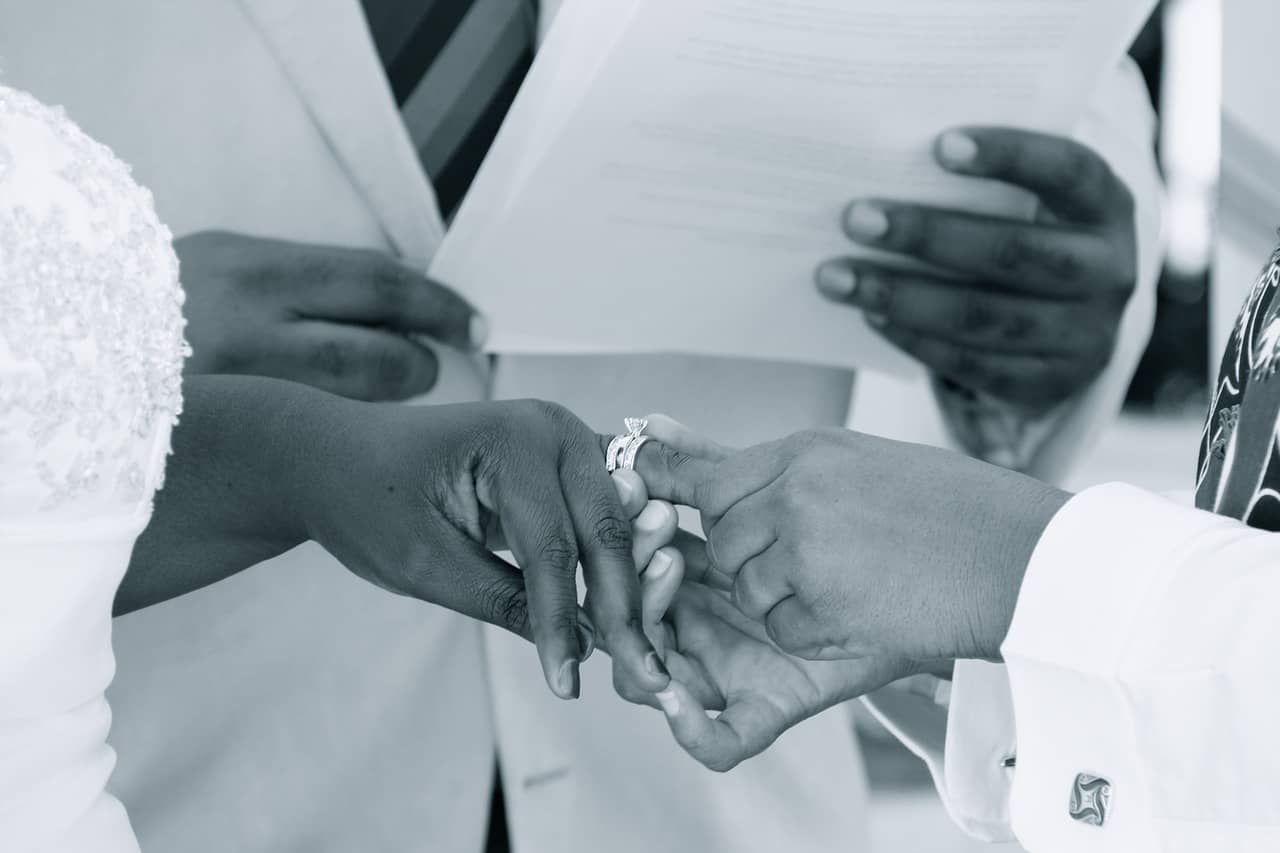
Denmark was the first country to legalize same-sex unions in the year 1989. Lesbian, gays, bisexual and transgender rights in Denmark are some of the most comprehensive in the world. Only until June 2012, the same-sex union law in Denmark was replaced by the new same-sex marriage law.
Denmark allows biological adoption for same-sex couples.
Since the year 1999, a person living in a same-sex relationship has been allowed to adopt the biological children of his or her partner which is known as the “stepchild adoption”.
The Danish government accepts LGBT in the military.
Across all branches of the Danish Defense, the gays, lesbians and bisexual troops serve the country of Denmark without hindrance. Even more, Denmark prohibits discrimination against gay, lesbian, and bisexual for military recruitments. As far as the government is concerned, these rules are completely working for them thus far.
Nina Bang is the first female minister of Denmark.
Nina Henriette Wendeline Bang née Ellinger was appointed as the Minister for Education in the year 1924. Moreover, she became the first female minister in an internationally recognized government. Nina Bang was born in October 1866, in Copenhagen and grew up in a right-wing middle-class family.
Denmark is serious about taking good care of its environment.
Denmark is the first country to build a Ministry of Environment in the year 1971. Its main office is located in Copenhagen, which is in charge of all the matters regarding Environmental issues in Denmark.
Danish is one of the world's most punctual.
Generally, Danes are punctual because they are raised in the culture of being early or ahead time since showing up on time is considered respectful towards other people. Furthermore, Danes are one of the world’s most efficient workers as they put this positive culture for meetings, work, and appointments.
"Folketinget" is the Danish term for The Danish Parliament.
“Folketinget” (or Folketing) refers to the national parliament of Denmark. Accordingly, The Folketinget has one hundred seventy-nine members and four of those members represent the Faroe Islands and Greenland. Furthermore, the general elections of the Folketinget occur every four years and all citizens over 18 years old who live in the country who fulfill all the requirements are allowed to vote.
Denmark takes more than 40% of its energy from the wind.
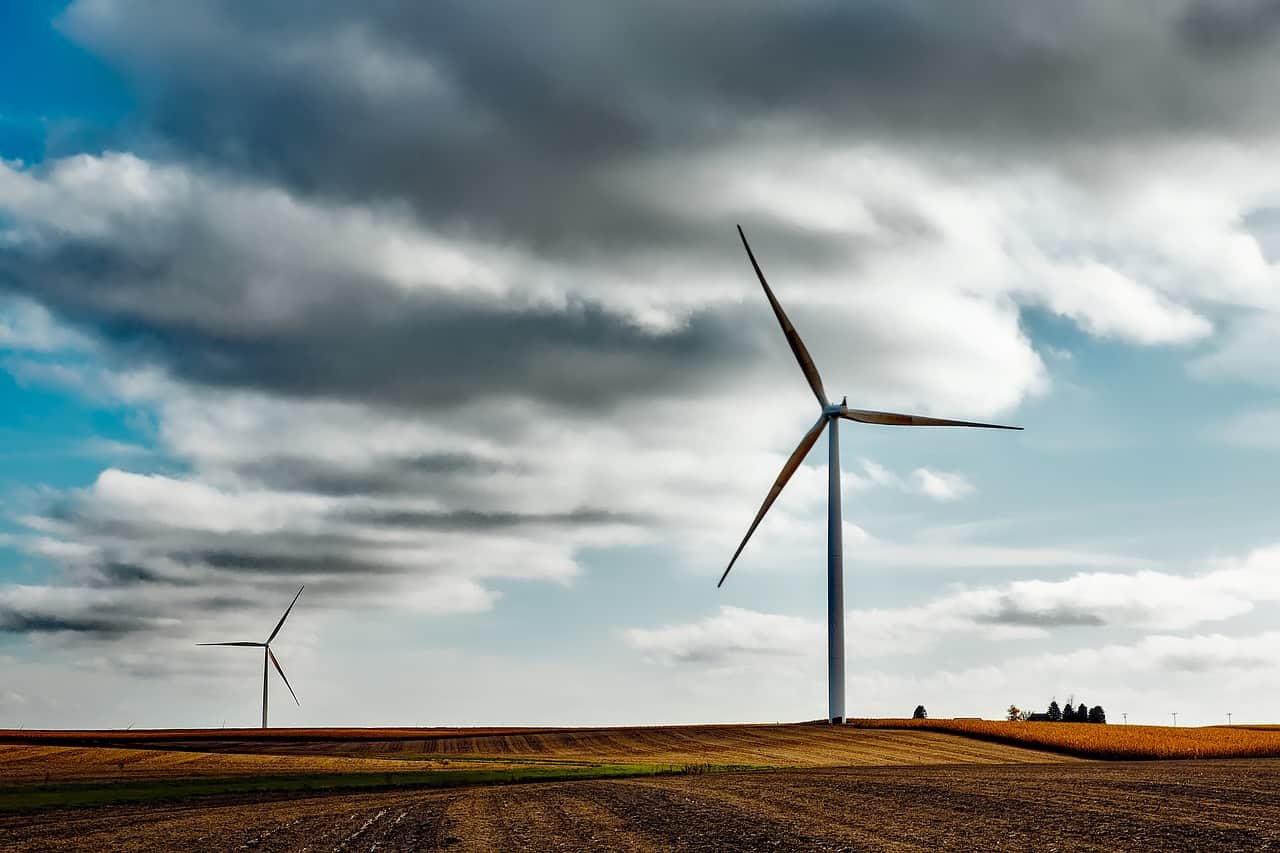
More than forty percent of Denmark’s energy comes from the wind. Even more, Denmark produces twice as much wind energy per capita compared to other European countries, and on top of that, more than thirty percent of all energy consumption in Denmark comes from renewable sources.
Denmark pioneered commercial wind power.
Denmark is the world’s leader in commercial wind power during the 1970s and still one of the world’s best up to this day. The history of Denmark’s wind power goes back from the year 1890 where the global warming issue starts to get big. In particular, when Denmark found out that they have high carbon dioxide emissions per capita, primarily due to their coal-fired electrical power plants, renewable energy became its first solution. Hence, the country’s problem with global warming and environmental issues became a “blessing in disguise” and led them to be one of the world’s best in renewable energy.
Denmark's national park projects just started in the year 2008.
The national parks, usually natural or semi parks in use for conservation purposes, of Denmark are relatively new. Its first national park opened in the year 2008 (Thy National Park), which is followed by Mols Bjerge National Park in 2009. Furthermore, the Danes saw the advantages of creating these national parks and the local support started to grow in numbers. As a result, national park projects went mainstream and created more national parks such as the Wadden Sea National Park in 2010, Land of the Scylding National Park in 2015, and Kongernes Nordsjælland National Park in 2018. Equally important, each national park has a decentralized management, consisting of a board, a national park council, and a secretariat.
The Thy National Park offers its visitors exciting activities.
The Thy National Park, located in Thy, Denmark, spans 55 km north to south and 5–12 km east to west with a total land area of 244 square kilometers. This national park is known for its windy environment and wide-open spaces. Furthermore, the visitors of Thy National Park can enjoy hiking, cycling, horse-riding, bird-watching, fishing, as well as visiting the World War II German bunkers.
Denmark's national parks' mission is to display the most important types of nature.
Denmark’s national parks’ mission is to display the most important types of nature. In general, the main goal of Denmark’s national park is to provide protection in the water resources, stabilize the surrounding land, preventing landslides, avalanches, erosion as well as reducing the floods and keeping the natural river basins intact and preserving wetlands.
The country's taxes are all worth it.
Danes are paying high amount of taxes, and they are willing to do so. The country’s taxes provide everyone a high level of social security and the Danish government ensures equal opportunities for all. To enumerate, the social security benefits cover the Danish work-related accident or occupational illness, benefits from early retirement and old-age pension, child allowances, family benefits, illness, childbirth, and so much more.
Denmark is the gatekeeper of the Baltic Sea.

Around 10% of all globally traded good is transported by Danish shipping containers. Considered as the “gatekeeper” of the Baltic Sea, Denmark’s geographical location has performed a major role in the country’s development into one of the leading maritime nations in the world. Even more, maritime transport always been a major income for Denmark and currently growing hand-in-hand with increasing international trade.
The world's first tech ambassador is from Denmark.
Casper Klynge, the world’s first tech ambassador, was born in Gentofte Municipality, Denmark on June 27, 1973. Today, Casper Klynge is leading the Danish government in elevating the technology to a foreign policy priority as part of the TechPlomacy-initiative (technological diplomacy).
Denmark provides a lavish parental leave.
The government provides parental support to the Danes. In particular, mothers are entitled to 1-month long maternity leave before the birth of her baby, and 14 weeks of maternity leave after, while still receiving salary from her employer. Not forgetting the dads, fathers are entitled to 2 weeks of fully-paid leave which can be applied anytime from the baby is born to 14 weeks later.
Denmark is almost 100% cashless.
The country is one of the world’s most digitized countries. Hence, most of the transactions in Denmark are already cashless, and nearly all its interaction with the Danish authorities happens online. In other words, the physical cash is almost obsolete in the country, and even business transactions happen online using online transfers.
Denmark is working hard to digitalized its health care experience.
Denmark is also working hard to adapt its cashless technology in healthcare. With this purpose in mind, its citizens currently receiving their public healthcare by showing a yellow magnet-stripe card at the point of care which also serves as its health insurance. Although the system is still under improvement, most of its health record-keeping and record sharing are already done digitally.
Famous tech companies are investing in Denmark.
Large tech companies such as Google, Apple, and Facebook are investing in major data centers in Denmark. Moreover, collecting, storing, processing, distributing and allowing access to large amounts of data is the primary purpose of these data centers. Equally important, Denmark secures that the companies are receiving a sustainable supply of clean, renewable energy as well as the excellent fiber broadband infrastructure.
Denmark is constructing a huge offshore wind farm.
Currently, Denmark is constructing a huge offshore wind farm east of the island of Møn in the Baltic Sea, an island in south-eastern Denmark. The project is expected to be finished by the year 2022 and the find farm is looking forward to power more than 600,000 households.
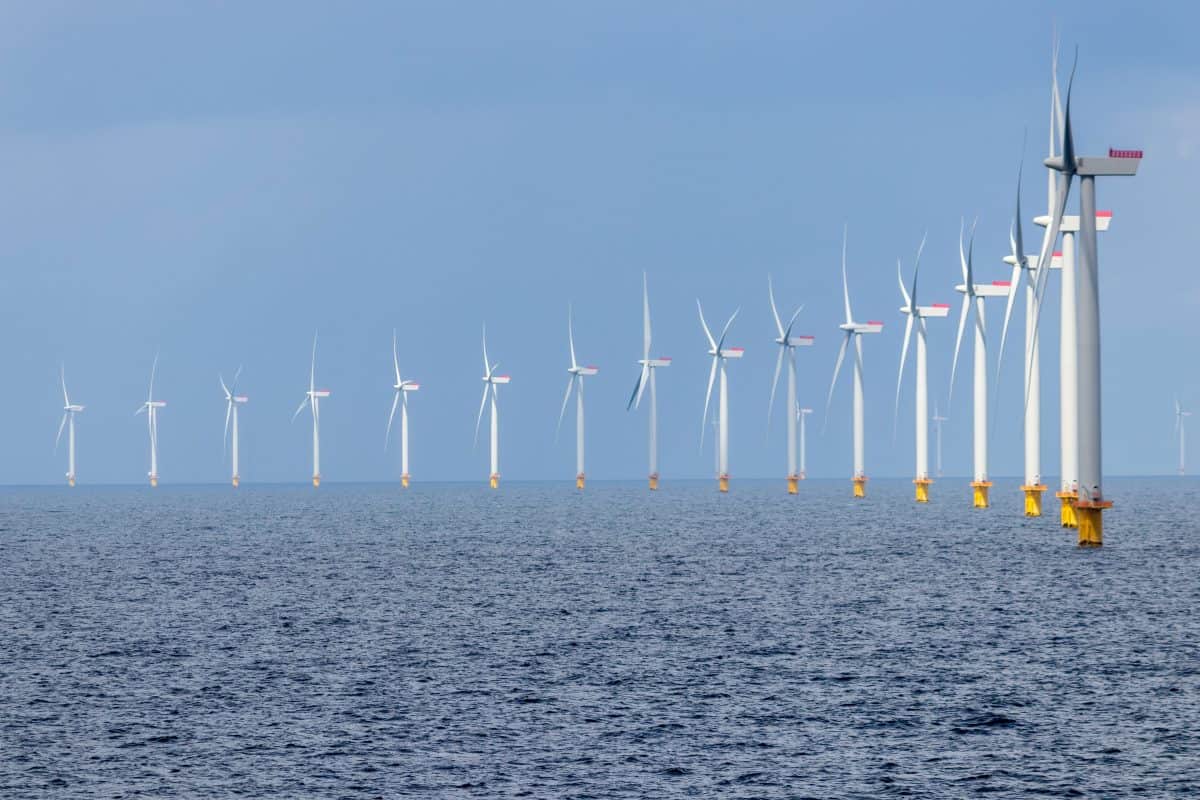
The old and new Denmark continues its good relationship with agriculture.
For many centuries, the old Denmark relied on its agriculture and fishing. To this end, the agriculture and fishing industry continues to be closely related to the Danes. Denmark has more than 200 freshwater fish farms and numerous sea cage farming. Also, its agricultural land has a large percentage of barley, wheat, sugar, oats, rye, turnips, etc just to name a few.
Entrepreneurial companies experienced 300% growth.
From the year 2014 up to 2016, Danish citizens experienced a massive 300% growth in small businesses. In particular, out of the 5,000 entrepreneurs started in 2014, around 4,000 of them experienced the 300% growth. Moreover, the credit does not stand on the companies alone but it was also with the help of the government of Denmark.
The balanced life of the Danes starts from its workplace.
Behind Denmark’s economic success is a balanced life. Danes are proud to say that the offices are closed at 5 pm and all of the worker’s desks should be empty when the closing hour/minute approach and they are discouraged to work overtime. Instead, Danes leave at 4 pm to pick up their children from school or simply prepare the evening meal at home.
It's rare to see a Dane working more than 8 hours per day.
Only 2% of Denmark’s population works more than 8 hours per day. In contrast, most of the Danish population spends around 66% of their daily time in leisure, personal interests, and personal care. With this in mind, Denmark is in the top 5 countries in the world with the least working hours with only 28.2 hours per week on average.
Seventy percent of Danish women have a good career.
Danish women have an excellent opportunity to hunt a good and high paying job as well as balancing it with family life due to the nature of short working hours, flexibility at work, and the supportive network provided by state-subsidized daycare for the kids. Currently, more than 70% of Danish women have a nice job, above the European average of 60%.
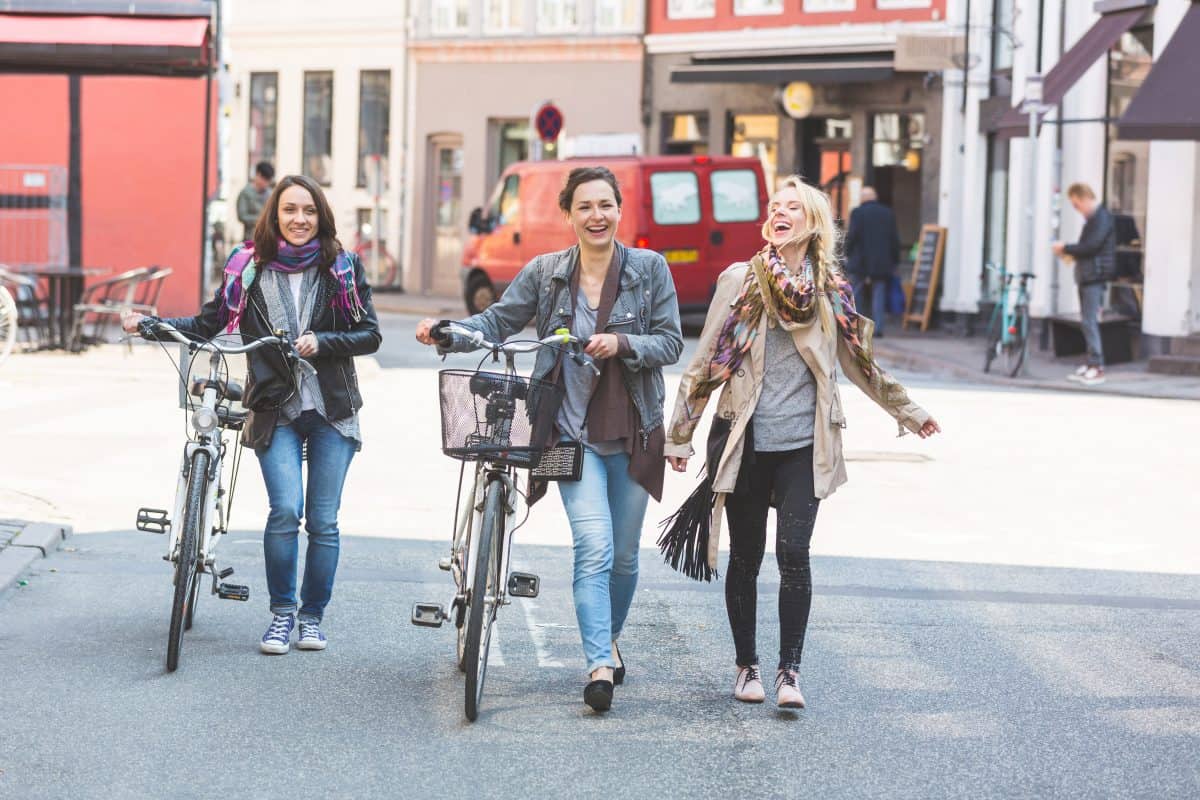
The government supports the daycare system of Denmark.
All families in Denmark are offered with public daycare or childcare. The Danish public childcare system is based on a partial free system with a guaranteed place for kids from the age of one. Simultaneously, these daycares receive financial support from the government and only around 30% of the total cost is paid by the parent.
Offices shut down during summer.
Offices in Denmark are almost close during summer. Accordingly, the businesses cease their production in the last weeks of July, as the Danes take time to enjoy the Danish summer. Moreover, every employee is legally allowed to have a five-week paid vacation per year, and the Danes are generally permitted to use it all together at the same time.
The work productivity of Denmark is world-class.
In contrast to the limited working hours of Denmark, the country is one of the world’s highest productivity rates. Right after Ireland, Denmark is the second-most productive workforce in Europe. Compared to the workers of Canada, Japan, Australia, and the United States, the work productivity of the Danish workers is arguably even better.
Visitors of Southern Sweden can use the Copenhagen Airport.
Tourists and locals take pleasure in Denmark’s airports. For instance, Copenhagen Airport serves more than 30 million passengers each year. But in spite of the heavy passenger numbers, the Copenhagen Airport is ranked as one of the world’s top airports. Furthermore, due to Copenhagen’s location, it both serves Denmark and Southern Sweden.
Driving a car in Denmark is easy.
Driving around the country is also convenient since Denmark’s road system is all connected. Moreover, here are some of the traffic rules in Denmark:
- International Driver’s License for tourists.
- Switch in the headlights even in the daytime.
- Motorists must always yield to bicycles.
- Only use your horn in an emergency.
- Not more than 0.05% is the legal limit of alcohol level.
- Strictly no tailgating.
Møns Klint is one of Denmark's must-see tourist destinations.

Møns Klint, located in Borre, is one of Denmark’s must-see tourist destinations. Aside from the beautiful scenery and hiking activities on top of the cliffs and on the beach, visitors can also find pieces of prehistoric times on fossil hunts, in association with Geocenter Møns Klint.
Odense is the third-largest city in Denmark with many tourist destinations.
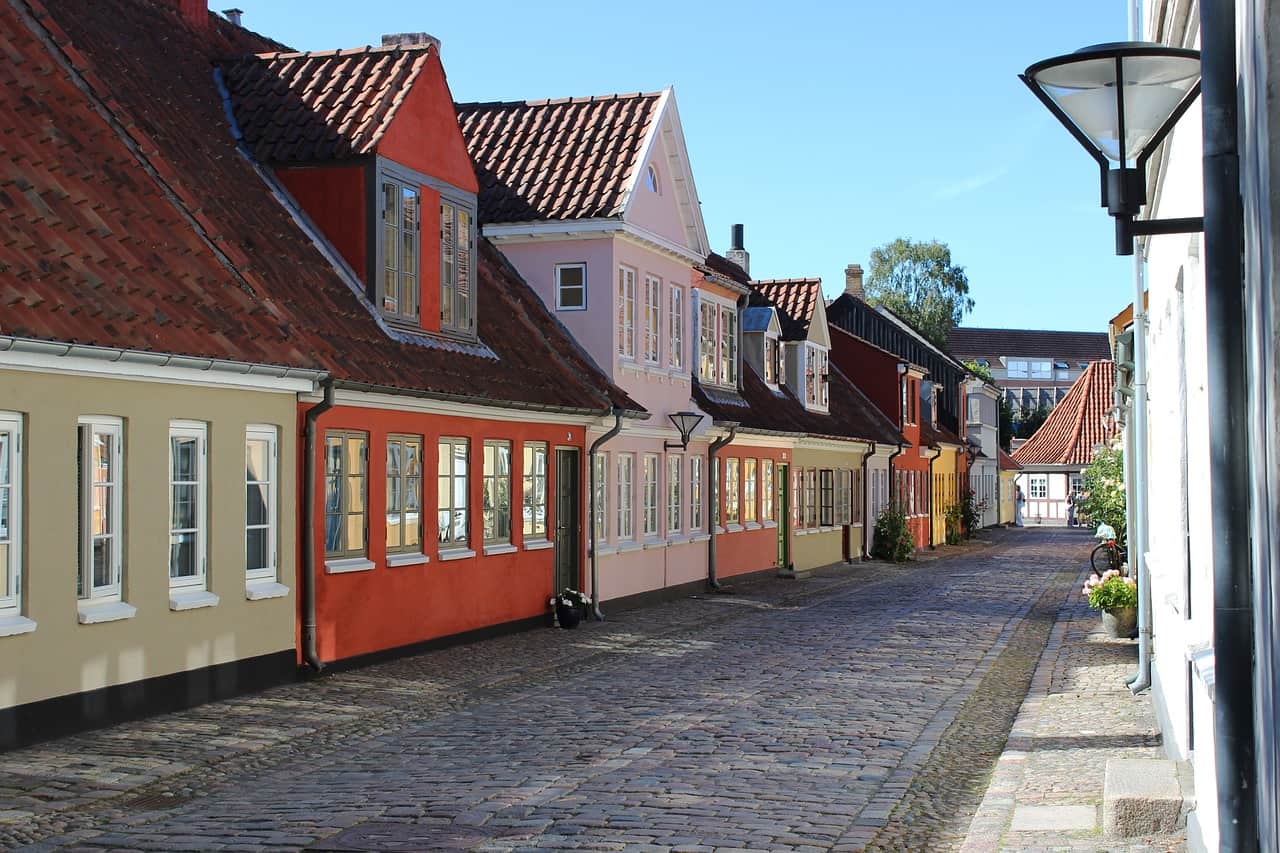
Odense is the third-largest city in Denmark. Moreover, Odense is known for its tourist destinations such as Egeskov Castle, Funen Open-Air Village, Møntergården Museum, Odense Bunker Museum, and Hans Christian Andersen Museum. Odense is the home town of Hans Christian Andersen (the legendary author of the Emperor’s New Clothes) and his childhood home is also open to visitors.
Denmark creates a real-life Viking experience for its visitors.
Since Denmark’s ancestors are Vikings along with its rich history, it would be a nice try and set sail for a day tour Viking ship experience. Moreover, the Viking Ship Museum attempts to give a wonderful adventure on the high seas for its visitors, including the tourists without sailing experience. Each visitor will play an active role in the crew and can enjoy swimming in Denmark’s fjords and stories from the area onboard.
Was this page helpful?
Our commitment to delivering trustworthy and engaging content is at the heart of what we do. Each fact on our site is contributed by real users like you, bringing a wealth of diverse insights and information. To ensure the highest standards of accuracy and reliability, our dedicated editors meticulously review each submission. This process guarantees that the facts we share are not only fascinating but also credible. Trust in our commitment to quality and authenticity as you explore and learn with us.
